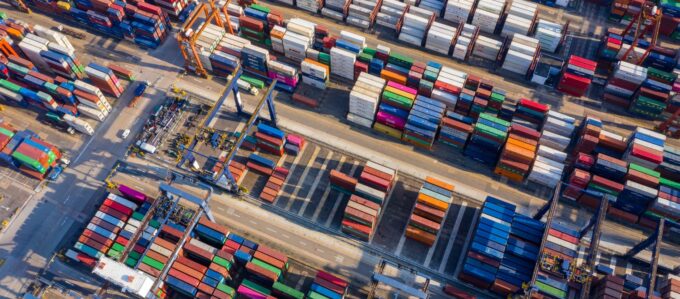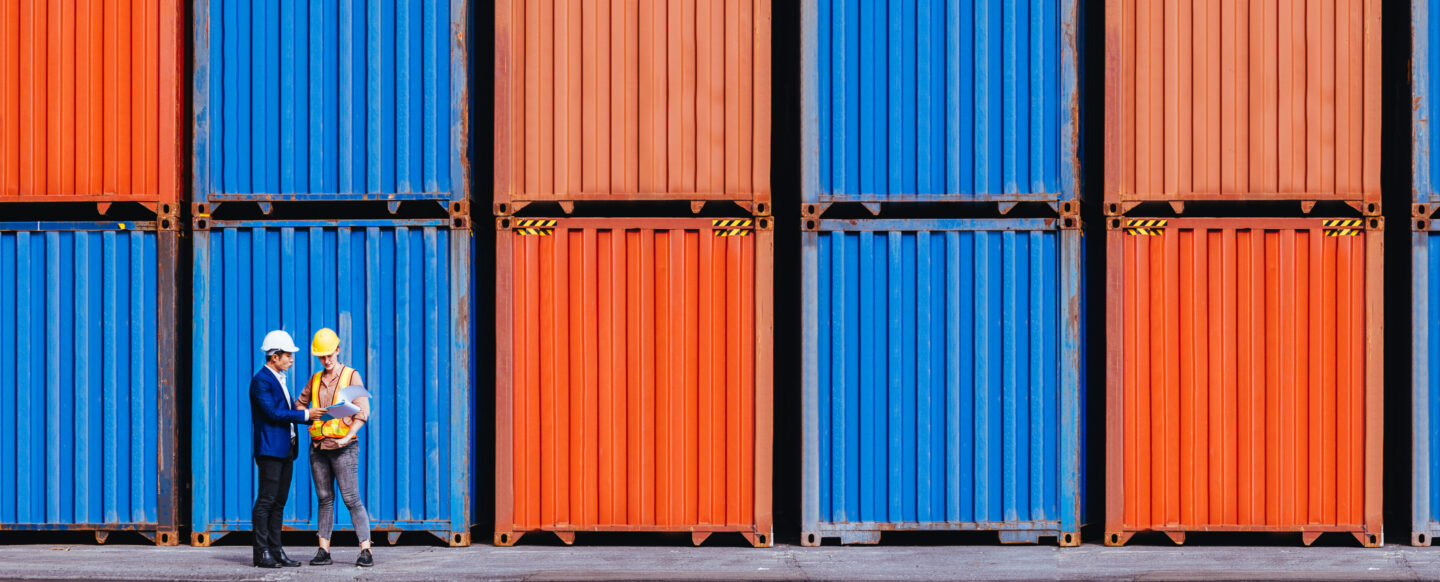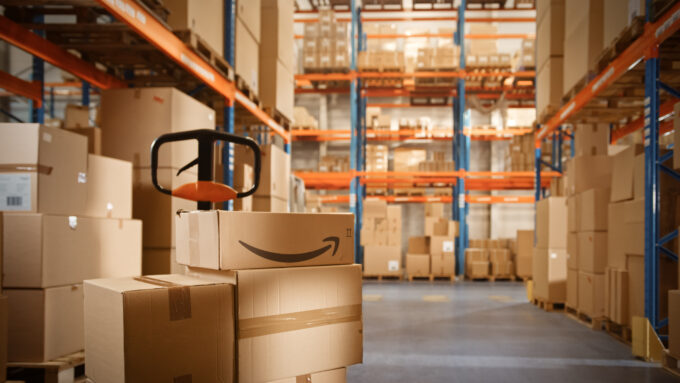Above all, suggests McKinsey’s research, the trickle of “nearshoring” seen during the pandemic has become a flood. The number of businesses now looking to secure more inputs from suppliers close to their production sites has doubled over the past 12 months, the consultant says. They want to operate in neighboring countries, rather than depending on long-distance relationships. At the very least, they want to contain their supply chains regionally.
CEOs believe that nearshoring will facilitate smoother communication, support cultural alignment, and drive quicker response times. But, while physical proximity will enhance collaboration, reduce time zone differences, and enable face-to-face interactions, it may also have cost implications. To put it bluntly, your neighboring supplier may charge much higher prices than their more distant competitor.
Indeed, this cost consideration is another reason why CEOs feel compelled to take greater responsibility for supply chain management. The impacts of trends such as nearshoring will be felt across the company. Most obviously, prices may rise and margins may come under pressure. The CSCO cannot be expected to make decisions with such significant ramifications autonomously.
Winning support
Similarly, where companies want to bring sourcing and production fully onshore, CEOs may need to use their influence externally to make this possible. In many industries, reshoring simply isn’t possible today, but investment in infrastructure or industrial development could change that.
When not in China, for example, Apple’s Tim Cook, along with many other tech sector CEOs, has worked hard to support US Government
initiatives to accelerate domestic semiconductor manufacturing capacity. Apple hopes to begin buying chips from
a new facility in Arizona when it comes online.
Still, those plans are a good example of why making radical supply chain changes can often prove so difficult. One issue for the US tech sector is that this new facility will only handle part of the production cycle. It will still be necessary to locate some assembly in Taiwan, constituting a potential geopolitical flashpoint, given China’s ongoing claim to sovereignty over the territory. Also, the facility’s launch has been delayed by labor-market problems, with its owners struggling to secure the required skills.
In this context, “friendshoring” may offer some additional options, with some businesses now rerouting supply chains to countries they perceive to be politically and economically low-risk, even if these nations are still less geographically close than ideal.








